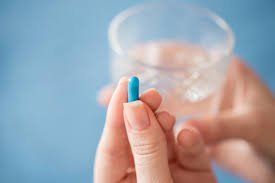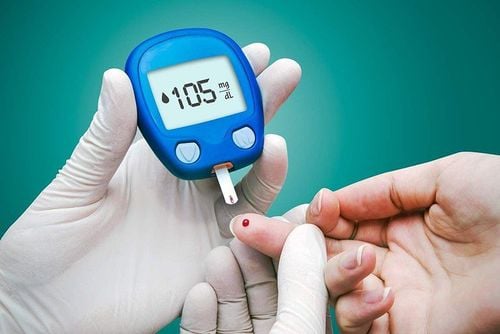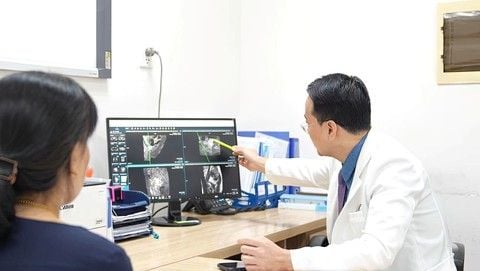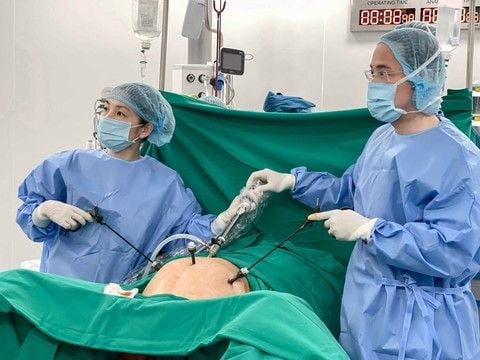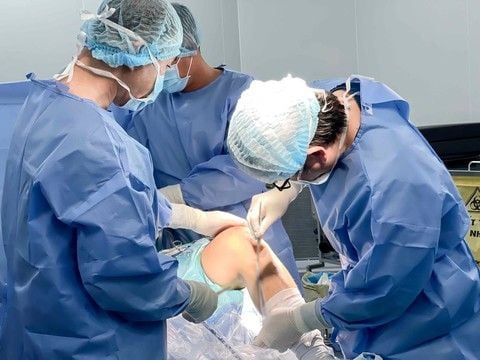Excess fat can accumulate in various areas of the body, including the abdomen, thighs, and armpits. Fat in the armpit area can cause insecurity, especially when wearing sleeveless or shoulder-baring outfits. If traditional methods do not reduce armpit fat, you can consider armpit liposuction.
1. What is armpit liposuction?
Armpit liposuction is a procedure that breaks down fat into smaller particles and removes it to effectively reduce armpit fat. Excess fat in this area can negatively affect confidence when wearing sleeveless outfits. As the demand for aesthetic treatments grows, armpit liposuction has become an increasingly popular solution.
Similar to fat removal from other body areas, modern armpit liposuction is less invasive, more efficient, and offers improved safety.
2. When should and shouldn't you get armpit liposuction?
Armpit liposuction is an option for anyone seeking effective fat reduction when traditional methods like dieting or exercise fail.
Suitable candidates for armpit liposuction:
- Adults over 18 with good mental health and no significant stress.
- Those with loose, excessive fat in the armpit area, often with folds or stretch marks, unresponsive to other methods.
- Individuals with congenital obesity and noticeable fat in the armpit and shoulder areas.
- People seeking a quick way to reduce armpit fat.
Contraindications for armpit liposuction:
- People with cardiovascular diseases, high blood pressure, blood clotting disorders, or severe diabetes.
- Those with a history of or ongoing unstable mental health conditions.
- Pregnant or breastfeeding women, or those menstruating.
- Individuals taking blood-thinning medications like Aspirin or Ibuprofen.
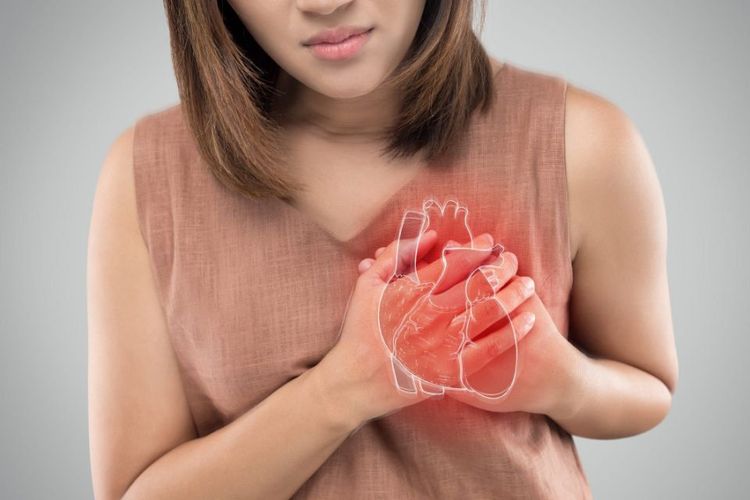
3. Is armpit liposuction safe?
Armpit liposuction is a surgical procedure and, like all surgeries, carries potential risks such as: Pain after the procedure, uneven results in the treated area, over-removal of fat, complications from anesthesia, excessive bleeding, etc.
However, advancements in modern technology have significantly reduced the risk of complications, making severe issues rare.
To minimize risks, choose a reputable facility, ensure proper pre-procedure evaluations, and follow professional protocols. Never skip consultations and tests to ensure maximum safety.
In summary, while armpit liposuction can carry risks like any other surgery, careful planning and selecting a trusted facility can greatly reduce the likelihood of complications.
4. What is the process for armpit liposuction?
The standard procedure for armpit liposuction includes the following steps:
- Step 1: Consultation and examination: This essential step occurs before performing liposuction on the armpit or any other area. The doctor examines and assesses the amount of fat in the armpit to select the most appropriate technique for optimal fat removal. After selecting the suitable technique, the doctor provides a detailed explanation of the procedure to ensure the patient understands and feels secure before proceeding.
- Step 2: Health check: This step is crucial in the process. The doctor checks vital signs, reviews medical history, asks about medications being taken, and conducts blood tests to confirm the patient meets health criteria for liposuction.
- Step 3: Anesthesia administration: Anesthesia ensures the patient feels no pain during the procedure. The method may involve general anesthesia or local anesthesia, depending on the technique used.
- Step 4: Performing the liposuction: The doctor removes fat from the armpit area based on the selected technique.
- Step 5: Closing the incision and post-surgery recovery: After completing the liposuction, the doctor closes the wound and moves the patient to the recovery room to rest.
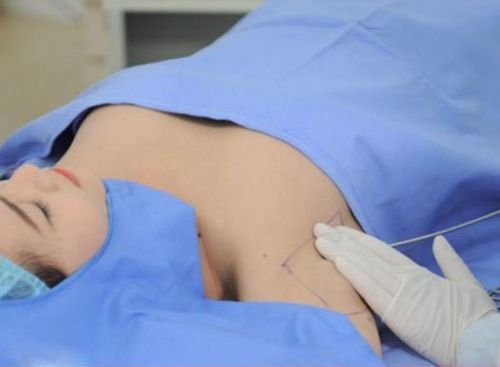
5. Post-liposuction care tips for armpit fat removal
After undergoing armpit liposuction, patients should follow these guidelines:
- Clean the wound daily using 0.9% saline solution and cover it with sterile gauze.
- Take medications as prescribed by the doctor. Pain relief medication may be used if prescribed.
- You may shower after two days but avoid letting water come into contact with the open wound to prevent infection.
- Rest in a clean, well-ventilated environment. Prepare clean bedding, pillows, and ensure the room has soft, soothing light.
- Avoid heavy physical activities during recovery. Ensure proper rest, maintain a healthy sleep schedule, and engage in light walking to promote blood circulation.
- Attend follow-up appointments and have stitches removed as instructed by your doctor.
- After 3–4 weeks, when fully recovered, you may resume light exercise. Choose gentle and manageable activities.
- Plan a healthy diet: Avoid fast food, animal fats, and foods that may cause scarring, such as water spinach, beef, chicken, eggs, seafood, and sticky rice.Drink plenty of water daily.
- Avoid stimulants like alcohol, beer, coffee, and smoking.
Armpit liposuction is a quick solution for those with excess fat in the armpit area who have not achieved results with non-invasive methods. However, as a surgical intervention, it carries potential risks, though minimal. Always choose a reputable clinic to ensure the safest outcome.
To arrange an appointment, please call HOTLINE or make your reservation directly HERE. You may also download the MyVinmec app to schedule appointments faster and manage your reservations more conveniently.
